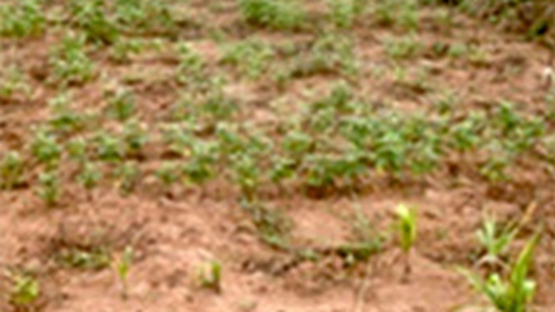Benin is predominantly an agricultural country with the sector accounting for 35% of GDP in 2014. About 60% of the economically active population is engaged in agriculture. However, poor soil fertility as a result of low nitrogen (N), phosphorus (P) and potassium (K) deficiencies induced land degradation which is widespread across Benin, leading to low agricultural productivity. Access to fertilizer is a major constraint due to cost.
Read more

If you would like to learn more about the IAEA’s work, sign up for our weekly updates containing our most important news, multimedia and more.
2015 Country Impacts Highlights
During the past years the SWMCN has been working closely with counterparts and colleagues in Member States to generate a series of success stories on the use of isotopic and nuclear techniques in soil, water and nutrient management.
Capturing atmospheric nitrogen for enhancing soil fertility and crop production in Benin

Ecological restoration and conservation tillage programmes reduced soil erosion and sedimentation in China
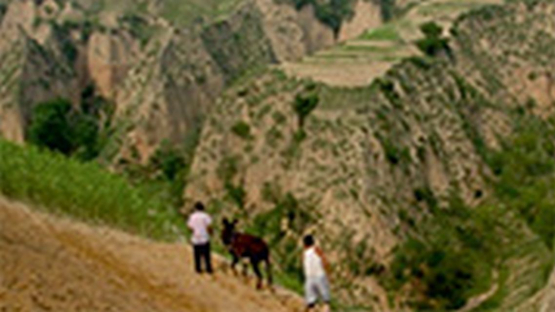
China experiences the most severe water and wind erosion problems in the world. Almost 40 percent of China's territory, or 3,569,200 km2 of land, suffers from soil erosion, out of this 1.6 million km2 is from water erosion and 1.9 million km2 by wind erosion. The problem is severe as 5 billion tons of soil is eroded annually, causing billions of dollars in economic losses. To control soil erosion, China has launched two large national ecological restoration programs over the last five decades.
Read more
Sustaining Rice Production in Cuba

Cuba consumes about 770,000 tons of rice annually, which is 60 kg rice/year per capita. About 55% (420,000 tons/year) of this rice is imported at a cost of USD 200 million/year. The Government of Cuba is planning to reduce dependency on imports and increase domestic rice production to about 66% of annual requirements by 2016. While rice yields are increasing globally, in Cuba the yield decreased by at least one ton/ha in the last two decades.
Read more
Sustainable agriculture of salt-affected soils in lower Mesopotamian Plain of Iraq
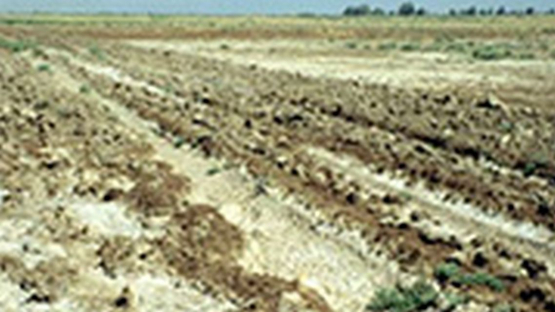
About 4 million hectares of land (over 70%) in the lower Mesopotamian Plain, north of Baghdad to Basra, has been salinized with soil salinity level above 80 dS/m (Fig). This area was once fertile but abandoned by farmers after it became salinized. Flood irrigation practices and the absence of drainage systems resulting in a high saline water table were the main causes of soil salinization. The challenge for the government and farmers is to reduce the rate of soil salinization and restore the land for agricultural production and rehabilitate the migrated farmers.
Read more
Minimizing land degradation using nuclear and isotopic techniques in Malaysia
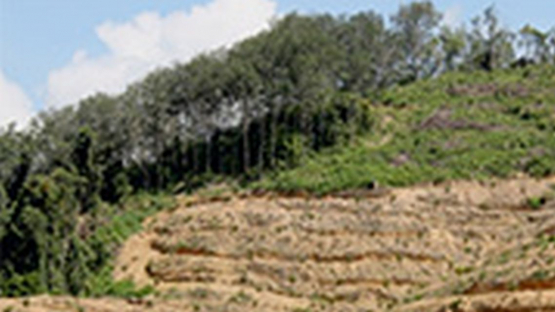
Timah Tasoh, a scenic reservoir situated in the State of Perlis in northern Peninsular Malaysia, is a sanctuary for migratory birds especially from the temperate countries and for fish breeding and other aquaculture activities. The reservoir covers an area of 1,300 hectares (ha) and can hold up to 40 million m3 of water. Over the years the increases in upstream land activities such as over-cropping, altering of native forest and replacing it with plantations for palm oil and sugarcane, rubber production have resulted in an appreciable increase in soil erosion.
Read more
Reducing soil erosion in Morocco
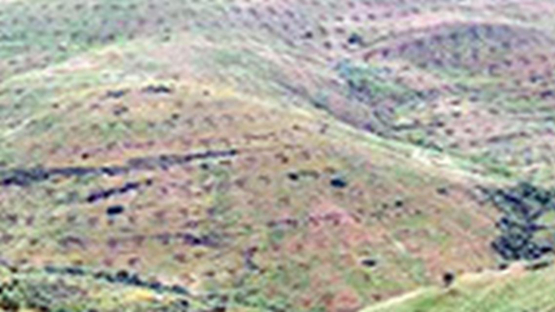
Soll erosion is the mainland degradation process in Morocco, which is affecting up to 40% of its land area. About two million hectares of Moroccan agriculturaI lands are affected by water erosion. On average soil erosion ranges from 5 to 20 t/ha/year, but exceeds these magnitudes in northern and north-western agricultural basins. For example,in the pre-Rif hills, soil erosion is exceeding 50t/ha/year.
Read more
Climate smart cowpea production and soil-water management in Niger
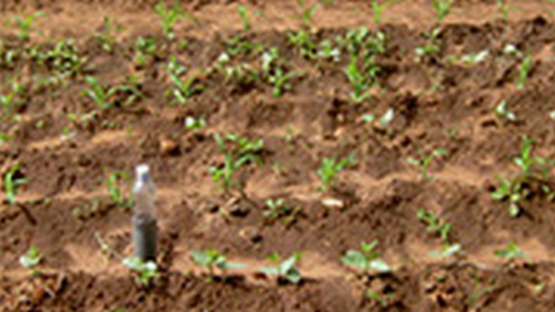
Cowpea is a major source of dietary protein for the people of Niger during periods of food insecurity. It can be grown as a forage crop or as a dual-purpose crop that provides high protein grain for human consumption and crop residues of high nutritive value for animals. The cultivation area increased from 1.1 million ha in 1980 to more than 4.7 million ha in 2013. Despite such increases, yields are persistently low averaging around 300 kg/ha compared to the global yield of 1,500 to 3,000 kg/ha. Major constraints for improving yields are low soil fertility and water availability. The crop is relatively sensitive to soil water and nutrient deficits which can reduce yield by 70%.
Read more
Improving Soil Fertility, Land Production and Mitigating the Effects of Land Degradation
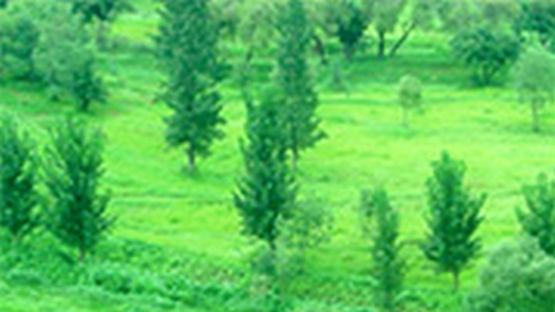
Pakistan is predominantly a dry-land country, with 80% of its land area being arid to semi-arid. Out of a total land area of 79.6 million hectares (ha), 62.4 million ha is susceptible to land degradation. Only 4.2% of Pakistan's total land area is forested. More than 60% of its 168 million inhabitants support their livelihood through agro-pastoral activities. Intensive land-use and unsustainable agricultural practices are accelerating soil erosion. These include deforestation, overgrazing, urbanization, industrialization, and improper tillage practices. To successfully combating soil erosion and land degradation, the development of conservation land management strategies, accurate information on soil erosion and redistribution rates, as influenced by land management practices, is essential.
Read more
Improving Soil Fertility and Crop Production while Mitigating Land Degradation Effects
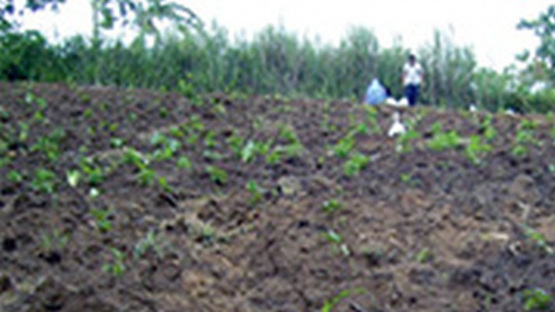
The Philippines is predominantly an agricultural country with a total land area of about 30 million hectare (ha). Sloping lands (18 to 50%) in Philippines comprise an estimated 9.4 million ha and supports nearly 30% of the population. Agriculture in Philippines thus plays an important role in its economy contributing 11.2% to the GDP. However, high soil erosion rates as much as 100 t/ha/y, depending on the amount and intensity of rainfall, soil type and slope, can have catastrophic effects on losses of topsoil, organic matter, essential plant nutrients, crop productivity, the country's economy and its vital soil-water ecosystem services.
Read more
Improving livelihood of women farmers in Sudan through small-scale family drip system
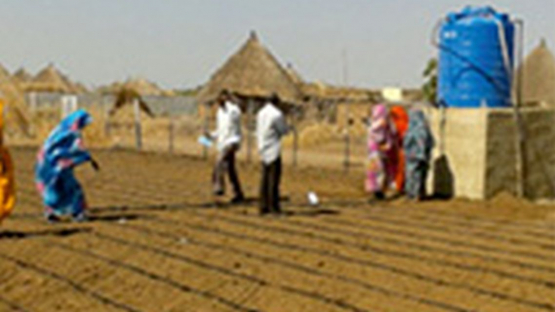
Agriculture is the principal source of income and liveIihood for 60 to 80% of the population of Sudan. About 21 million ha of land surface is used for agriculture. Irrigation is practiced in 2 million ha (11% of the arable land) which accounts for 25% of agricultural production. The rest of arable land is rainfed. Climate change and rainfall variability, water scarcity and the inaccessibility of ground water have contributed to crop failures in rainfed areas making livelihood difficult for small-scale family farmers, particularly in the Kassala region in the eastern part of Sudan.
Read more
Development of soil conservation strategies at the landscape level in the Central Highlands of Viet Nam
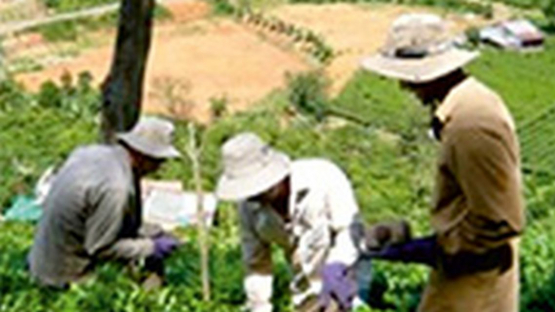
About 75% of Viet Nam's land area of 310,070 km2 is sloping land, where one third of the country's population live and practice farming. AgriculturaI land in lowland Vietnam is scarce due to population growth. There is an increasing use of the sloping land for cultivation which is causing severe soil erosion, resulting in the losses of soil organic matter and essential plant nutrients. According to the Ministry of Planning and Investment, the total area affected by soil erosion problems in Viet Nam is 13 million ha (approximately 40% of the land area).
Read more

